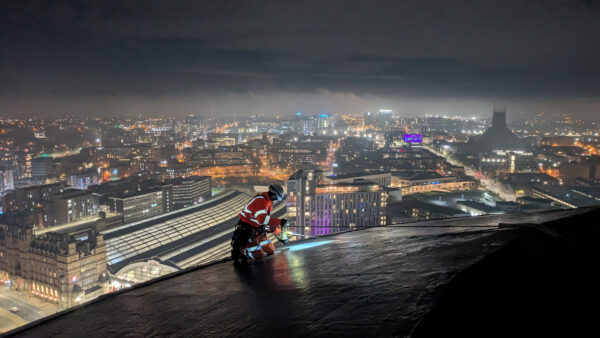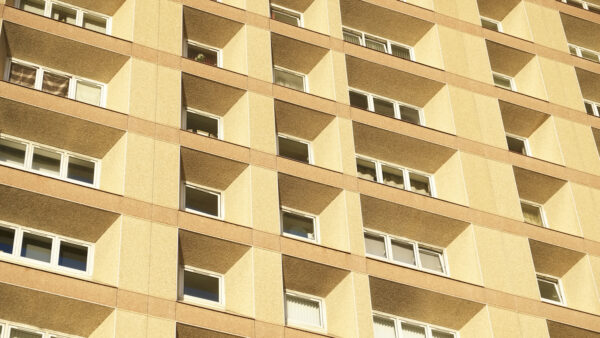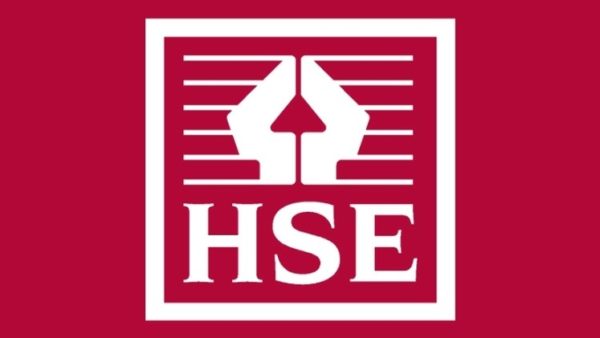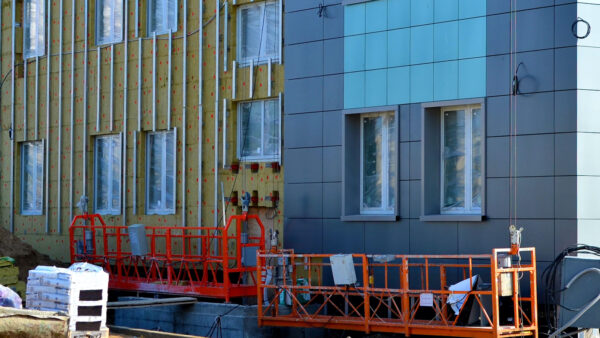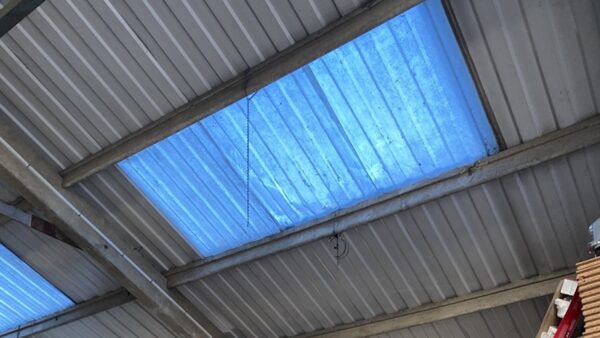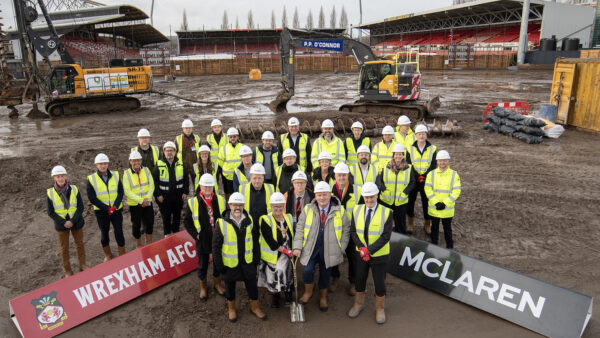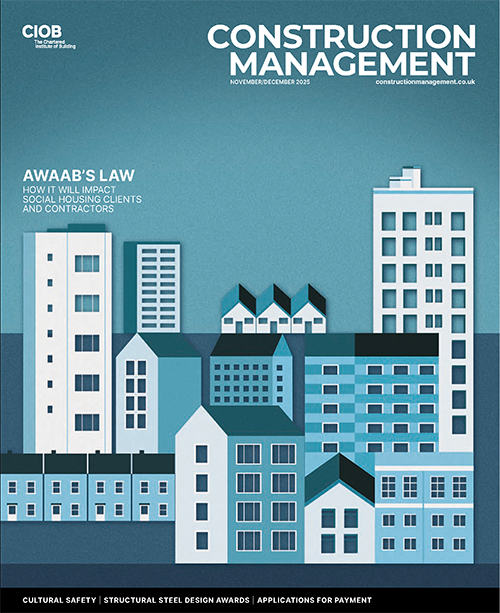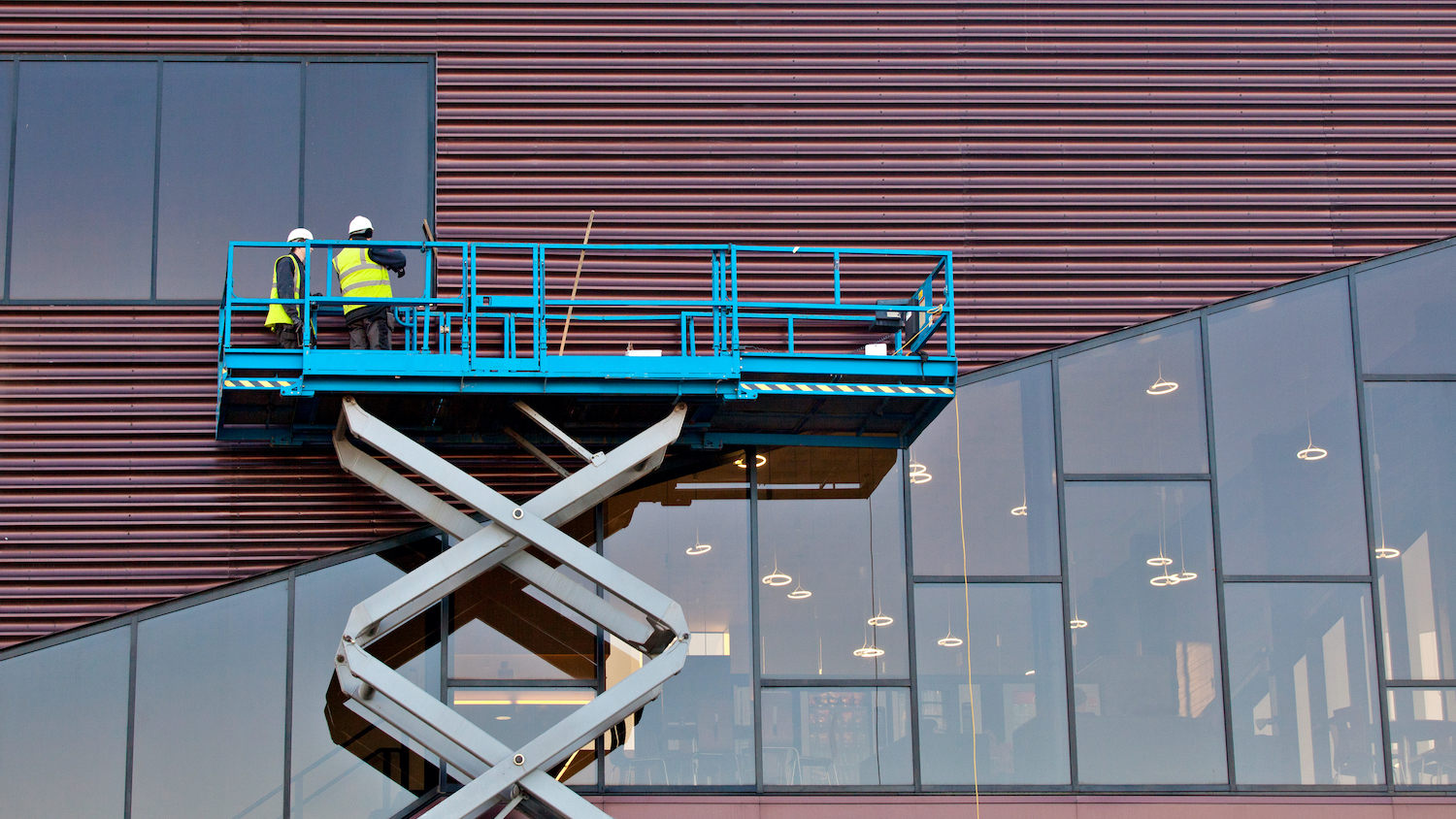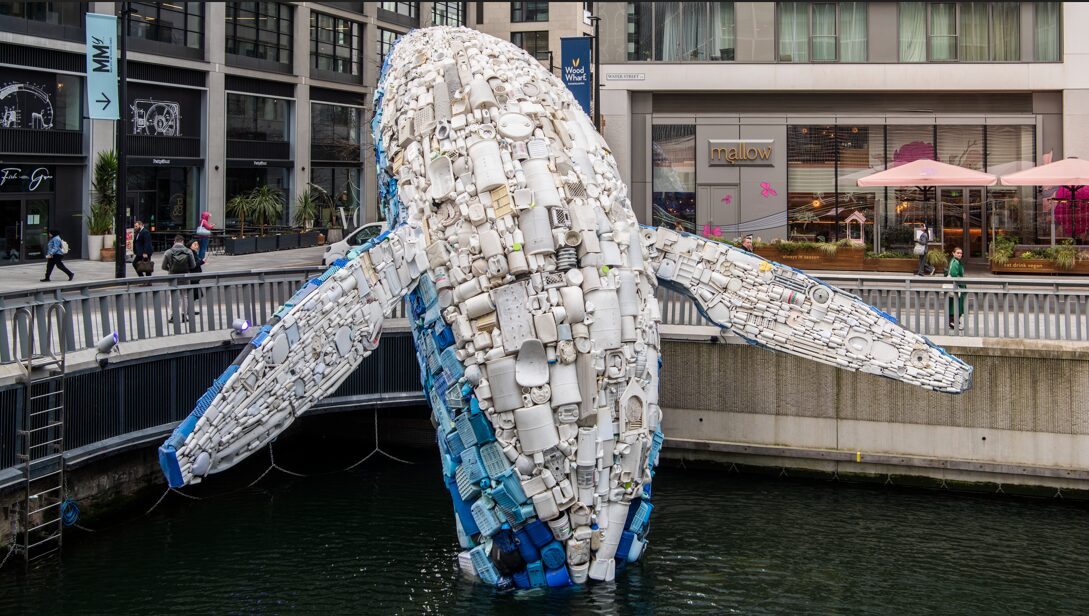
A base made from a concrete mix using recycled coffee grounds has been used to support a 12m-high sculpture of a blue whale in London’s Canary Wharf.
The Whale on the Wharf (Skyscraper) by architect Studio KCA was created from plastic waste recovered from the Atlantic and Pacific oceans and has been sited in a wet dock in Canary Wharf’s Wood Wharf area.
Building materials company Holcim UK developed a concrete mix containing biochar sourced from coppiced UK fast-growing hardwoods and spent coffee grounds from Canary Wharf’s coffee shops and restaurants to create the structural supports to anchor the sculpture.
Five loads (32 cu m) of the product were mixed and batched at Holcim UK’s Battersea Readymix plant before being delivered to site.
A specialist civil engineering diving company, DiveCo Marine, then pumped the product into place under the water’s surface.
The sculpture was unveiled to the public on 9 April.
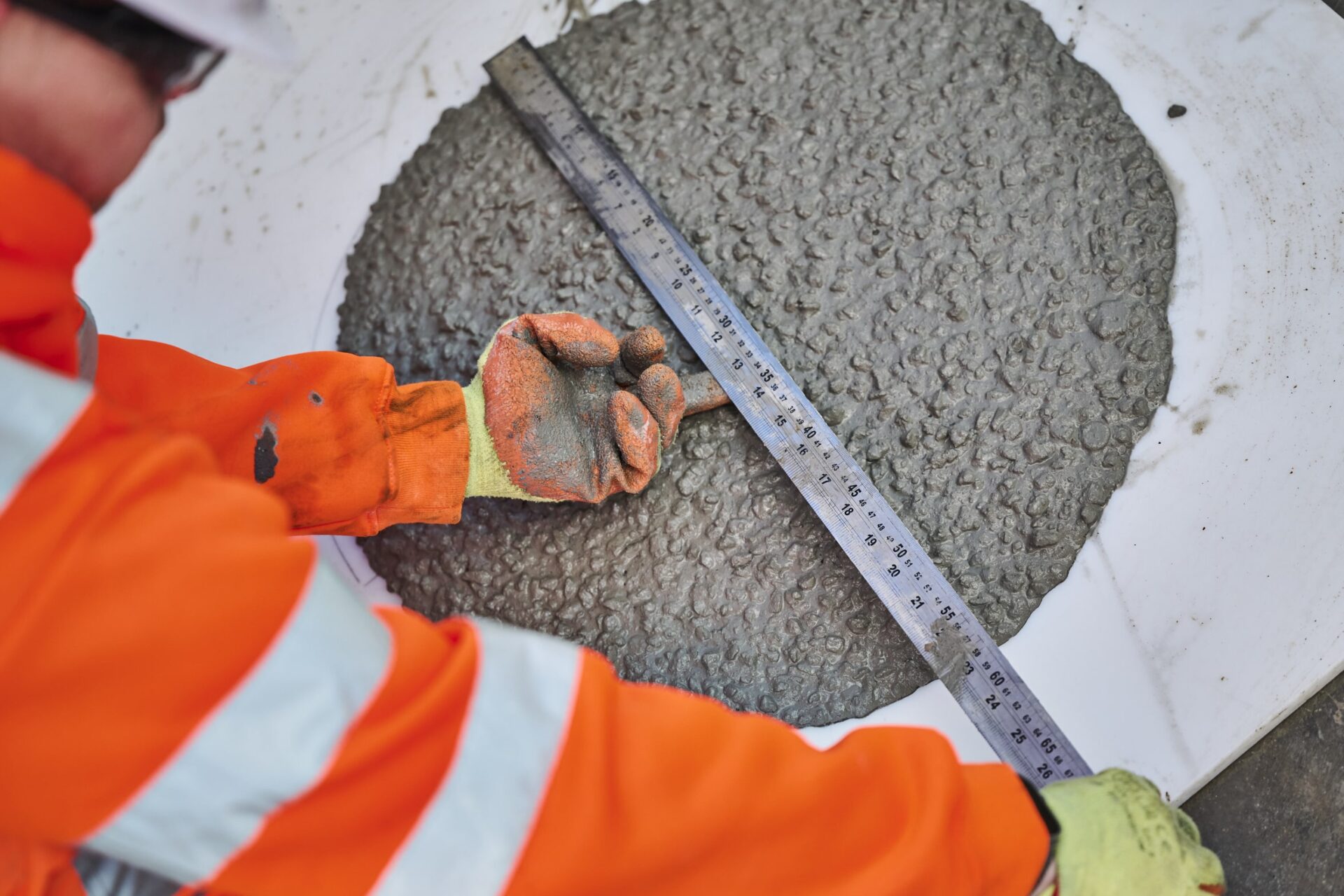
Circularity and sustainability
Jasen Gauld, national concrete solutions and product development director for Holcim UK, said: “It was essential that the concrete conveyed a new message of circularity, sustainability, and a bold approach to tackling carbon.
“As we kept talking about the project, Canary Wharf Group was keen to see if we could add its spent coffee grounds into the biochar raw feed. We figured out how to make it work, and our product development innovation manager even dubbed it the ‘bio-expresso biochar’ in our labs.
“The final ready-mix concrete is fully code-compliant and performs just as expected. Plus, we have incorporated a biomass material that can lock CO2 into the concrete, while recycling waste that would normally decompose and release greenhouse gases.”
Biochar in readymix concrete
Holcim UK said it has been testing the use of biochar in readymix concrete with its counterparts at the Holcim Innovation Centre in Lyon, France, for some years.
Biochar is widely used in agriculture and is produced by heating biomass, typically sourced from surplus wood, at a temperature and in the absence of oxygen through a process called pyrolysis.
The result is a black carbon-rich material like charcoal. Similarly, spent coffee grounds can be turned into a carbon-rich biochar when treated through pyrolysis.
When biochar is added to concrete, the sequestered carbon is removed from the carbon cycle for a very long time – in a way, the carbon is ‘trapped’ and prevented from returning into the atmosphere as CO2.
The mix produced to support the whale sculpture was formulated with carbon-reducing limestone fines and ground granulated blast-furnace slag.
Holcim UK said the embodied carbon was lowered by a further 66% through the addition of the ‘bio-expresso’ biochar.



